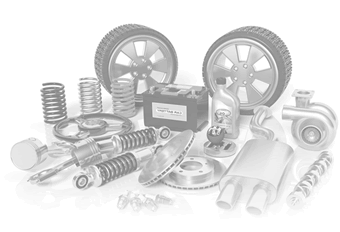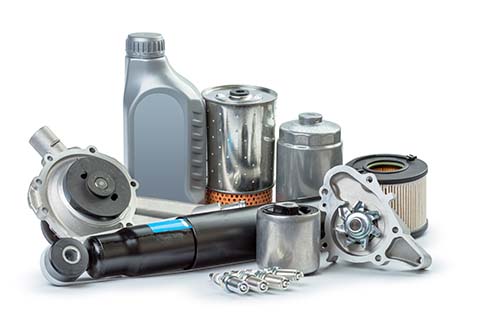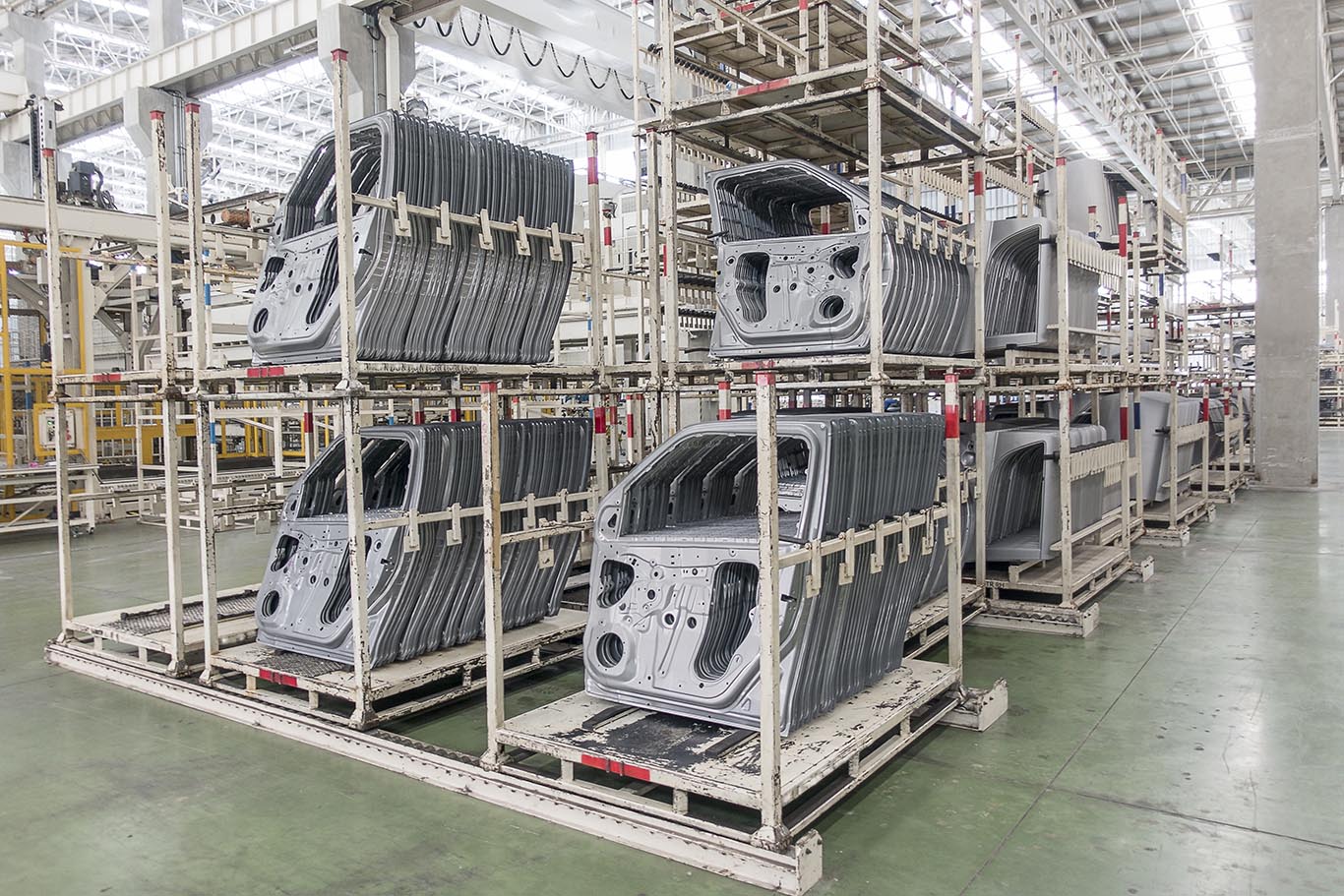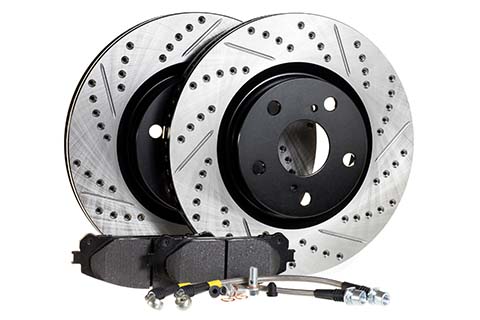

Mister Auto is an e-commerce company specialized in car parts. Created in 2007 and part of the PSA Group since 2015, they boast a catalog with +200 000 references and operate in 20 countries. They are now the N°1 car parts dealer in Europe.
We’ve been using Lokad daily for over 2 years to calculate our sales prices. It’s truly a tailored solution, especially given that our combined catalogs take in to account the 20 countries where we operate. This choice in technology has really helped us to take our ability to generate value via our pricing to a whole new level, thanks to Lokad’s algorithmic models based on Big Data. As well as being very powerful, Lokad’s solution gives us speed and reactivity, two elements that have become essential for any e- commerce.
Mathieu Pajot, Commercial and Pricing Director, Mister Auto



Bridgestone is the world's largest tire and rubber company. They operate a highly complex transnational multi-echelon supply chain which involves hundreds of sites.
Before we started the project, before I came in, the main belief was that we needed to have the maximal amount of stock as close to the market as possible, as close to the bus as we call it. However as soon as you start this [Lokad] multi-echelon optimization, you realize that's actually not true, you need to have a bigger portion of the stock at the manufacturing plants [..] indeed if you have one market that needs some extra time, there will still be tires available.
Nicolas Vandeput, Supply chain expert supporting Bridgestone
Take a look at our interviews on Lokad TV and learn more about Supply Chain and automotive aftermarket.
Back in 2012, it was our first automotive clients who put the final nails in the coffin of our first generation demand forecasting engine. Classic time-series forecasting wasn’t working. The demand was simply too sparse and too erratic. Quantile forecasts turned out to be a game changer for the automotive industry, and they became the core of our second generation forecasting engine. We are now four generations down the road in terms of forecasting tech, with each generation turning out to be a massive improvement over the previous one.
From an operating perspective, the automotive aftermarket’s goal is to reduce as much as possible the hours of breakdown for every dollar or euro invested in its supply chains. This goal is simple, and yet, it is largely at odds with the way classic enterprise software is designed.

Service levels, safety stocks or ABC analysis - besides being outdated supply chain approaches - are simply missing the point.
Lokad’s predictive optimization technology tackles every single decision through the entire chain, from the OEM production sites down to the place where the part is mounted on the vehicle, while quantitatively focusing on this endgame.
The optimization starts at the OEM level. The OEM decides on a daily basis which raw materials or sub-parts need to be purchased. It also decides the quantities to be produced based on the available stocks. The production must accommodate diverse channels, which includes the production of new cars but also servicing the old ones.
The optimization continues at the distributor or wholesale level. The parts must be efficiently allocated over numerous geographical locations. This inventory allocation must not only achieve the highest possible quality of service, but also minimize operational costs, which may involve MOQs (minimal order quantities) for example.
Finally, at the retail level, parts must be readily available in order to serve the vehicles. As a breakdown may require multiple parts to be addressed, the availability of the parts should not be confused with the resolution of a breakdown. Conversely, a missing part may not be an issue if a compatible substitute happens to be available.
For every vehicle suffering a breakdown, there are typically dozens of parts that are mechanically compatible, and that can thus be used to address the problem.

This aspect is fundamental in the automotive aftermarket and, as a consequence, Lokad has engineered its supply chain technology to make this insight a first-class citizen, where the numerical optimization that we deliver embraces this perspective instead of dismissing it.
The European automotive market figures over 100,000 distinct vehicles and over 1,000,000 distinct parts. The North American automotive market presents a similarly large complexity. Several companies commercialize exhaustive databases that survey all the mechanical (in)compatibilities that exist between those vehicles and those parts. This information is essential to understand the fine structure of the demand, which is not reflected by the historical sales volume of a given part. Yet, these databases are large - about 100 million lines - and unwieldy. The databases don’t lend themselves to the support of classic time-series analysis.
Lokad has engineered several graph-oriented models - the part-vehicle compatibility matrix can also been seen as a bipartite graph - which deliver a superior predictive modelization of the demand that focuses on the unit of need, rather than overemphasizing the specific part number that happens to be available at the time.
In turn, the exploitation of those models delivers superior decisions relative to purchase decisions, production decisions, inventory allocation decisions or pricing decisions.


Tokić group is the largest automotive spare parts retailer of more than 300 worldwide recognized automotive brands and additional equipment for the automotive industry. Through the sales network of more than 140 retail outlets in Croatia and Slovenia, Tokić offers more than 300,000 different parts.
With more than 1000 employees, our vision is to create a company that is traditional when it comes to people and innovative when it comes to technology. This is why Tokić chose Lokad - for its state of the art technology and modern approach towards inventory management.
Ivan Gadže, CEO
tokic.hr
The optimization of the aftermarket supply chain faces three broad factors that strongly influence its supply chain. Higher stocks offer the possibility for batch productions and shipments, which lower the costs. These stocks also improve the quality of service. However, more stocks mean increasing working capital requirements and overall inventory write-off risks. Higher prices naturally improve margins, but at the risk of facing a steady erosion of the market shares, which isn’t sustainable. Higher quality of service is valued by clients, but this usually results in higher stocks that are typically located at the edge of the supply chain network, where it’s the most costly to relocate.
Lokad delivers an end-to-end predictive supply chain optimization that takes into account all the relevant economic factors. Some of the factors are reasonably straightforward, such as inventory carrying costs, while others are more subtle such as this risk of losing a client to a competitor altogether due to repeated bad service.
Our technology is designed to facilitate the integration of multiple bespoke conflicting factors that weigh into what can be considered as a superior supply chain decision for your company. Lokad does not come with hard-coded assumptions about your business strategy; on the contrary, it comes with the flexibility to accurately mirror the strategy.
Furthermore, there are many nonlinear constraints to be accounted for: the maximal daily production throughput, minimal order quantities (MOQs), the maximal storage capacity of any site, the maximal transport capacity of a single truck shipment, the conditioning formats (boxes, pallets, etc.), …

Lokad’s technology has been engineered to be capable of enforcing varied nonlinear constraints, in order to ensure that the optimized decisions can be executed without further ado. Unlike classic software solutions, we do not expect supply chain practitioners to manually post-process every single number that we produce.


AUTODOC is Europe’s leading online retailer for car parts. As the highest-growth company in this branch, with revenue growth of 37.6% in the 2020 financial year to approximately 842 million euros (from 612 million euros in 2019), AUTODOC aims to further develop its position. Thanks to its successful expansion, AUTODOC now operates in 26 other European countries along with Germany.
Lokad has proved to be a reliable partner for Autodoc since we first started working together in 2018. Lokad's Supply Chain Scientists are embracing our distinct supply chain complexity with a variety of different customized optimizations. Autodoc has grown significantly, becoming the leading player in the European online car part aftermarket and we are glad to rely on partners that are willing to evolve with us.
Stefan Micklich, Vice President Procurement
Autodoc AG
The automotive industry is typically considered as the industry of industries. There are no other industries that rival automotive in sheer industrial scale. As a result, most aftermarket situations involve multiple echelons - i.e. network layers of production, storage or distribution.

As soon as multiple echelons are involved, assessing the final outcome of a given decision that happens to be in the “middle” of the supply chain network becomes very difficult. Lokad has engineered a technology to assess the far-reaching economic outcome of any supply chain decision. For example, moving one part to a location in the network means losing the opportunity to move the same part somewhere else. Each decision has some opportunity cost compared to alternative and conflicting decisions.
This technology ensures that the supply chain performance of the network as a whole is maximized.
In contrast, most classic supply chain software solutions adopt a local perspective, which focuses on the service level or buffer of every single SKU, while neglecting entirely the rest of the picture. Our experience indicates that these simplistic approaches, while easy to implement from a software perspective, are not satisfying in terms of supply chain performance. Indeed, these solutions displace the problems rather than fixing them. Fixing the problem requires you to frontally address the multi-echelon aspect of the problem.